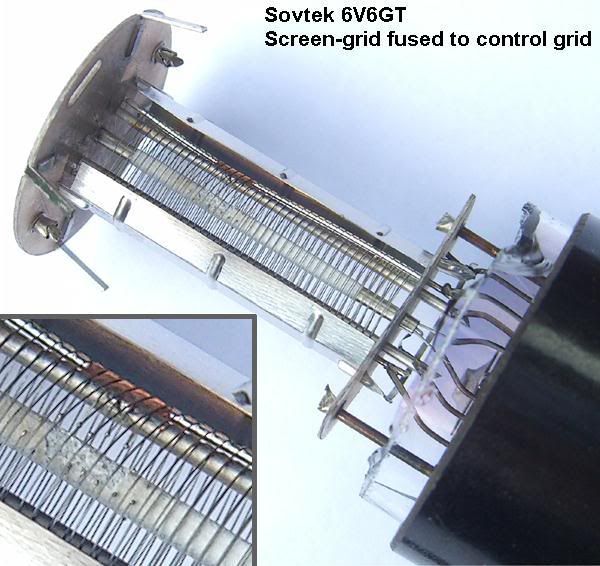Can anyone let me know what happened here?
This amp that I'm building is Cathode Biased 2x EL34 amp using a 125R 10W Cathode resistor (roughly 95mA of plate current per tube) with a supply voltage of 350VDC. Actual plate voltage from plate to cathode is 315VDC.
The center tap of the B+ winding is connected to a 200R 25W resistor (that adds the compression and sag of a 5U4 rectifier tube) and the high voltage leads of the B+ are connected to a Full Wave rectifier using 2x 1N5408 diodes.
A friend of mine was demoing the amp and he said that the amp's volume faded out after a few minutes of playing and eventually died. My first thought was that I had biased the tubes too hot which might have caused them to fail so I installed a 160R resistor in place of the 125R and tried it again. Well after playing the amp wide open the tubes died by making a bit of noise and then silence. I thought "Oh crap the tubes died!" and as soon I thought this I heard a loud POP and a huge puff of smoke only to notice that the 200R resistor had blown apart.
What would have caused the resistor to blow? Should the B+ fuse have blown to stop this? Did the dying tubes cause the extreme current that destroyed the resistor?
I'm really at a loss on this one. Is there anything that can be done to increase the reliability of this amp?
Thanks so much!
This amp that I'm building is Cathode Biased 2x EL34 amp using a 125R 10W Cathode resistor (roughly 95mA of plate current per tube) with a supply voltage of 350VDC. Actual plate voltage from plate to cathode is 315VDC.
The center tap of the B+ winding is connected to a 200R 25W resistor (that adds the compression and sag of a 5U4 rectifier tube) and the high voltage leads of the B+ are connected to a Full Wave rectifier using 2x 1N5408 diodes.
A friend of mine was demoing the amp and he said that the amp's volume faded out after a few minutes of playing and eventually died. My first thought was that I had biased the tubes too hot which might have caused them to fail so I installed a 160R resistor in place of the 125R and tried it again. Well after playing the amp wide open the tubes died by making a bit of noise and then silence. I thought "Oh crap the tubes died!" and as soon I thought this I heard a loud POP and a huge puff of smoke only to notice that the 200R resistor had blown apart.
What would have caused the resistor to blow? Should the B+ fuse have blown to stop this? Did the dying tubes cause the extreme current that destroyed the resistor?
I'm really at a loss on this one. Is there anything that can be done to increase the reliability of this amp?
Thanks so much!

Comment